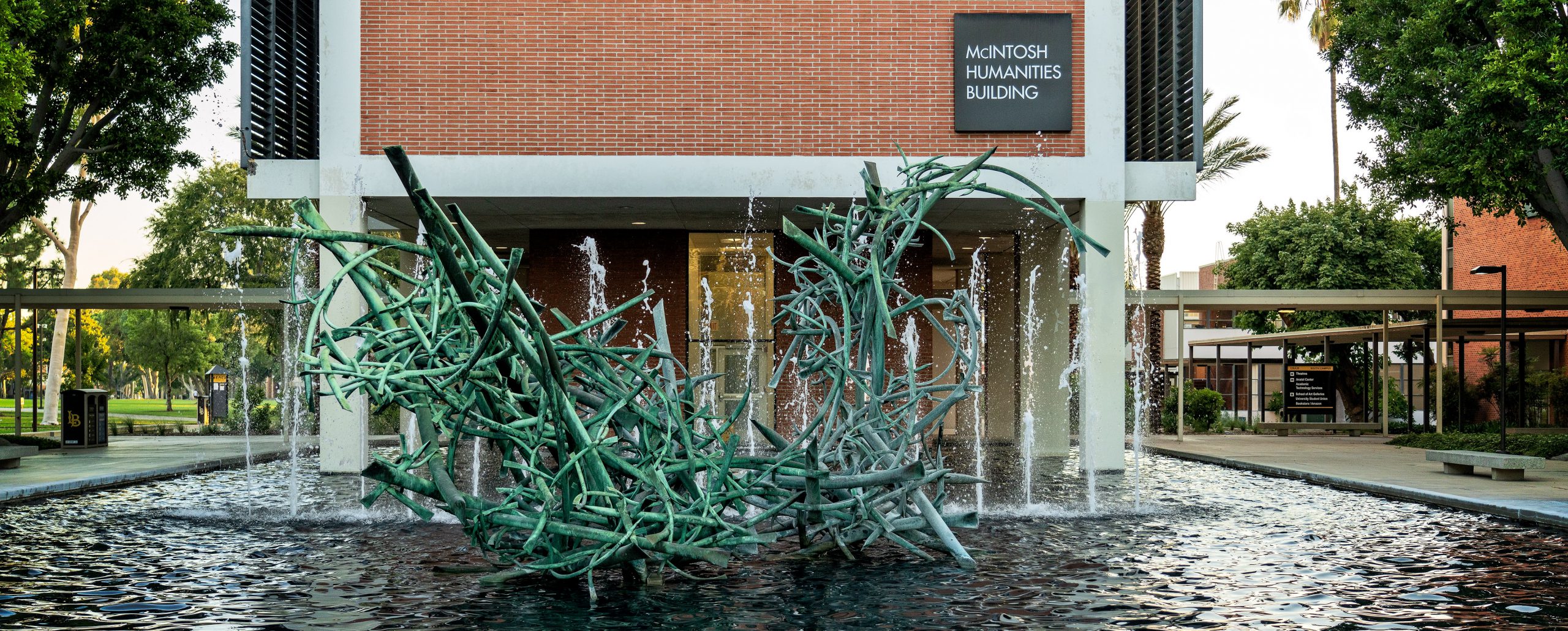Distinguished Faculty Scholarly & Creative Achievement Award
November 19, 2010Dr. Carl Lipo
Anthropology

Dr. Carl Lipo’s upcoming book, The Statues That Walked: What the West Has To Learn From Easter Island from the Free Press Imprint of Simon and Schuster, reflects an interest that has drawn him again and again to the lonely and mysterious rock in the Pacific Ocean.
Dr. Lipo has traveled to Easter Island five times, most recently in 2009 when he worked with CSULB, high school, and community college faculty members there as part of the Geoscience Diversity Enhancement Project funded by the National Science Foundation. The goal was to introduce to the faculty members and, through them, to their students, how to use non-destructive techniques to study and generate data to build a scientific understanding of the island’s monumental statues and prehistory. Dr. Lipo used remote sensing technology used to collect information on environmental variability, which he also used to study prehistoric deposits in Guatemala, California, and the Mississippi River valley.
Dr. Lipo is a co-founder of the Institute of Integrated Research on Environments Materials and Societies (IIRMES), one of the most advanced research laboratories in the California State University system. It is a collaborative research center developed by faculty from the colleges of Natural Sciences and Mathematics and Liberal Arts that provides access to state-of-the-art analytical equipment for CSULB faculty and students, as well as scientists from other institutions, for research in the natural, physical and social sciences. Dr. Lipo established the CSULB Luminescence Dating Laboratory within IIRMES to conduct routine luminescence dating of ceramics and fine-grained sediments. He also worked on a huge archaeological dig in Pakistan from 1987 to 1990 where he studied a 5,000-year-old city in research funded by the National Geographic, the University of Wisconsin and UC Berkeley.
